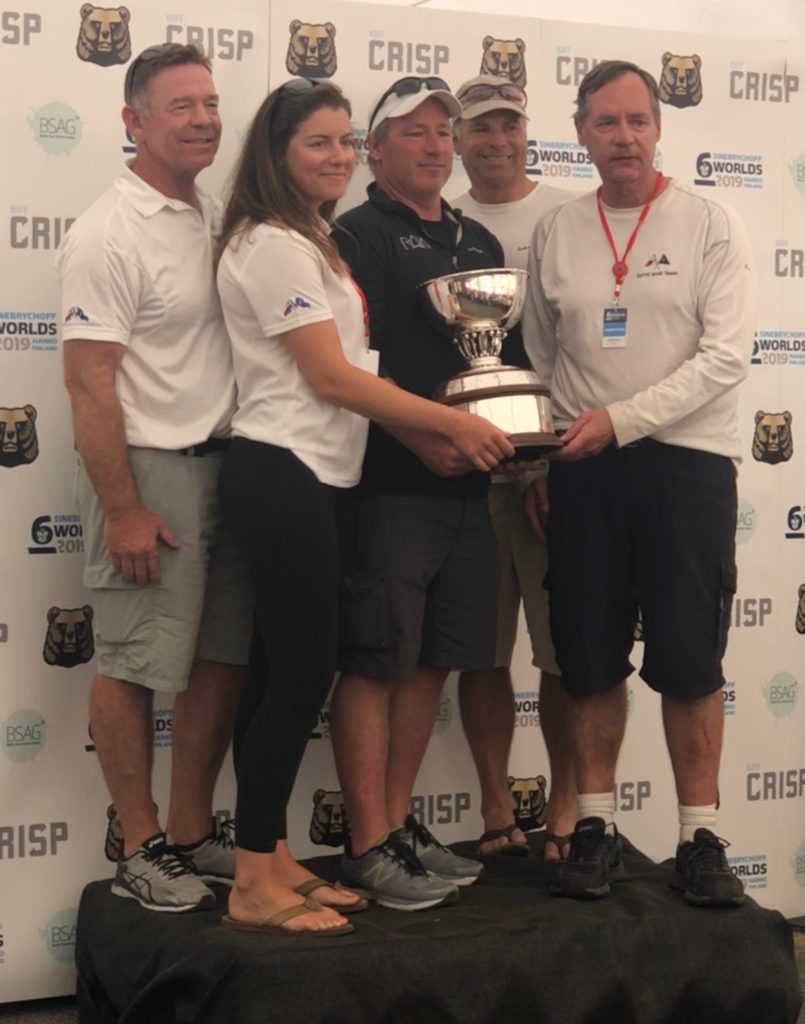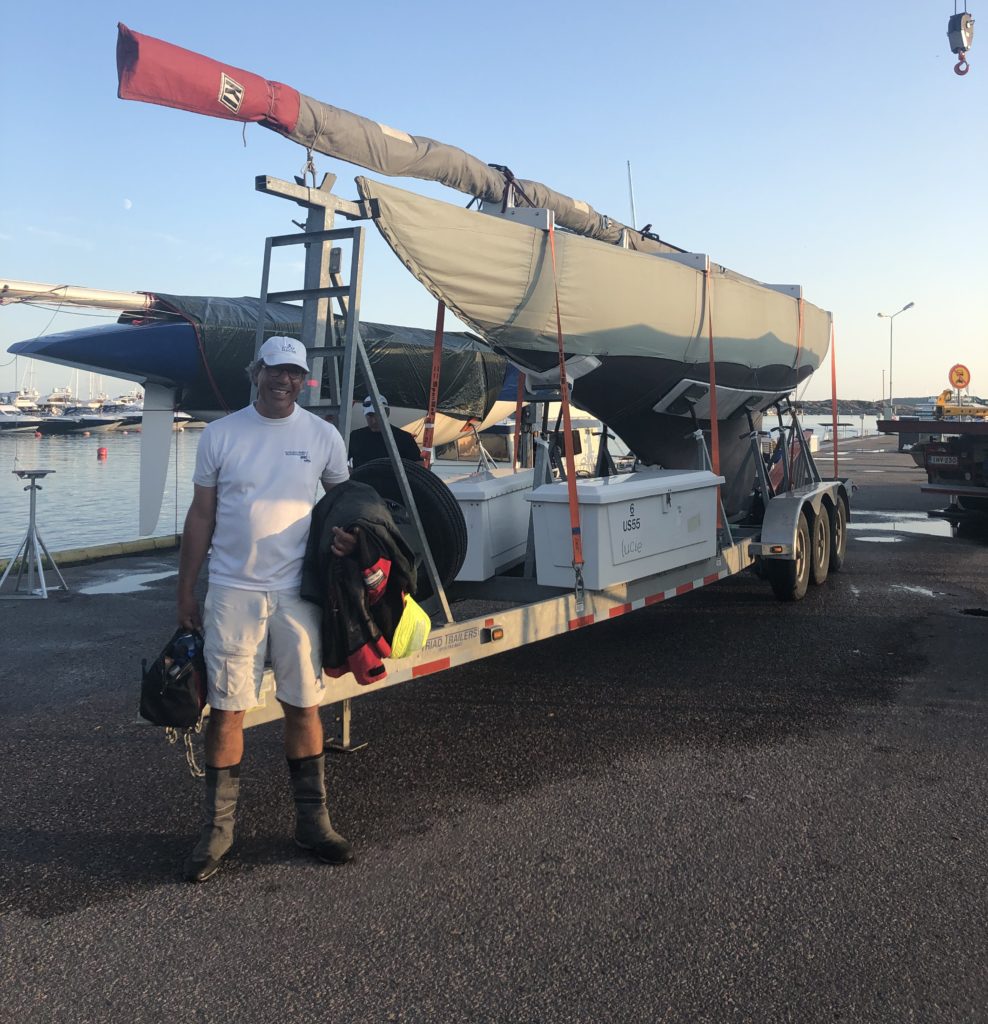Briggs Cunningham married Lucie Bedford in 1928, and when Briggs commissioned Clinton Crane to design a Six Metre a couple years later, Briggs named the boat Lucie. That may sound like a romantic tip of the cap to one’s new bride, but Briggs did it again in 1937 when he commissioned a newer design from Sparkman & Stephens and named it Lulu, which was Lucie’s nickname.

Lucie’s father, Frederick T. Bedford, was an active sailor, who co-owned an 8-Metre with Briggs in the ‘20s. Lucie was an excellent competitive sailor, who won the 1928 Star Atlantic Coast Championship. According to Briggs, Lynn was the one who really taught him to sail, racing in Stars out of Pequot Yacht Club in Southport, Connecticut, so perhaps there was more to it than romance.
Briggs went on to win multiple titles in the Six-Metre Class and to be the winning skipper of Columbia in the 1958 America’s Cup, but he always had extraordinary respect for his wife’s sailing abilities and as you might expect, they frequently sailed together.

As Yachting Magazine reported in a 1931 article about Briggs’ early success aboard his Six Metre Lucie, “In most of the races, his wife, the former Lucie Bedford, who won her laurels in the Star Class, sails with him and has proved an able assistant.”
A few decades later, here’s what he said about Lucie to Sports Illustrated (1960) in answer to the question of whether he sailed with his wife:
“Like all women, she does what she likes. So whether I take her along depends on what the race is and whether or not she is interested in going. She’s a top racer, and I’m frank in admitting that she and her sister taught me to sail. We’ve raced together on Six-Meter boats and occasionally won.”







